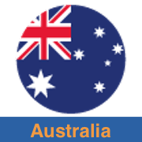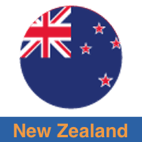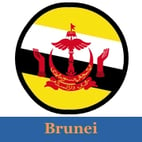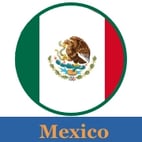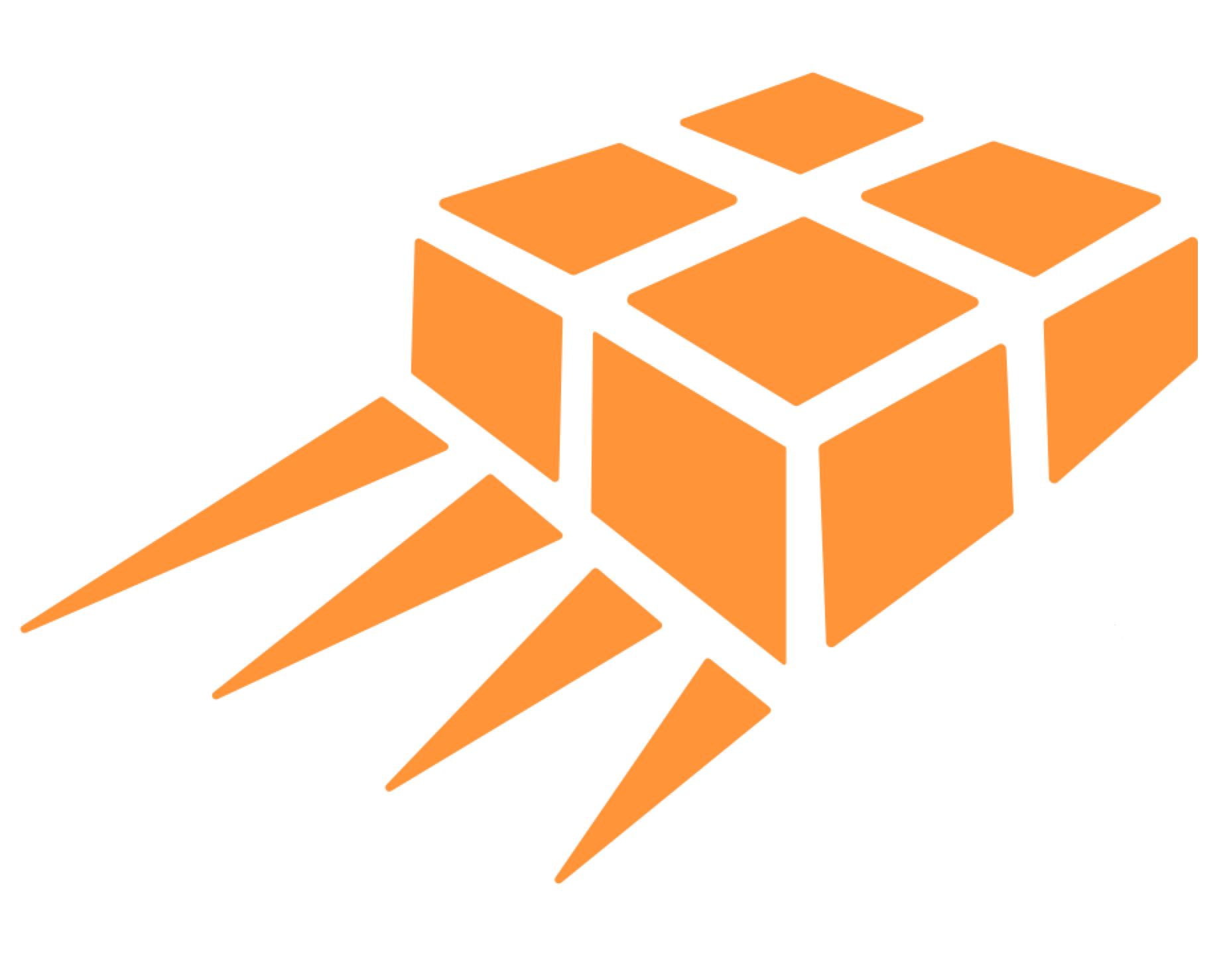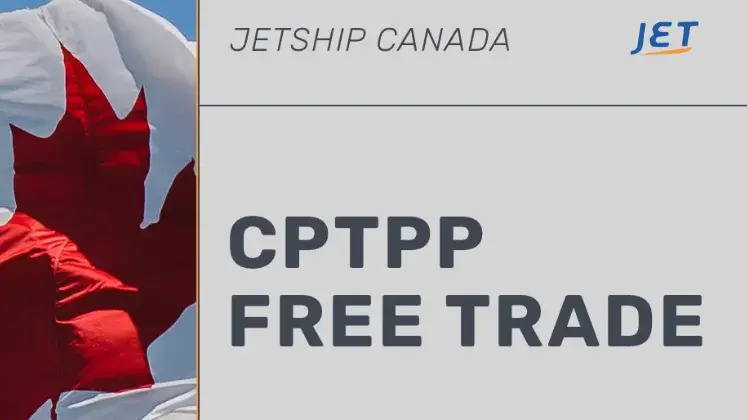
Parcel Shipping to CPTPP Countries from Canada
The Canadian economy will get a boost from the implementation of the CP-TPP. The CP-TPP is a new trade agreement that Canada shares with 10 other countries that account for over 13% of the world’s economic output. The CP-TPP gives Canadian firms preferential access to a customer base of nearly half a billion people. The size of the CPTPP is comparable to Canada’s trade deal with the European Union, which came into effect in September 2017.
Companies of all sizes - shipping parcels to pallets - can take advantage of duty free access shipping from Canada to all CP-TPP countries.
 Expand your cross border opportunity with Jet’s professionals.
Expand your cross border opportunity with Jet’s professionals.
A trusted brand for over 40 years. Save more by utilizing the best shipping modes and processes. Strengthening your transportation team - even if you are a team of one!
Contact our team for an initial consultation.
Disclaimer: The information in Jet Worldwide online content, including this post, is for general information only
Canada’s Most Favoured Nation (MFN) tariff rates are generally applicable to imports between CPTPP countries. Duty free preferential import under CPTPP apply to goods that meet the rules of origin outlined in the agreement and accompanied by the necessary certification.
One of the biggest benefits of the CPTPP free trade agreement is that is easier to benefit from preferential duty free import both from Canada and TO Canada from CPTPP countries. See section below on even easier origin declaration requirements for lower value imports to Canada from CPTPP countries.
The CPTPP gives Canadian companies preferential access to:
The CPTPP and CETA put Canada in a unique position with the world's largest trading regions. With exploratory talks with China and India promising even great possibilities.
Of the 11 countries in the pact, Canada already has free-trade agreements with three – Chile, Mexico and Peru.
The largest beneficiaries fo CPTPP of Canadian sectors include agricultural products, processed food, wood products, automotive, transport equipment, industrial machinery and business services.
Jet Worldwide helps Canadian companies access CPTPP countries

CPTPP: A great opportunity For Canadian businesses
CP TPP is a reflection of the new trend in free-trade agreements. The agreement addresses the services that include architecture, engineering, environmental services, research and development. Perhaps most different is that it addresses intellectual property (IP) protections, such as the inclusion of the digital economy and protection for the IP of companies going into new markets.
Besides great opportunities in the regions largest economies (Japan), the smaller economies present impressive growth rates as great as seven percent. Canadian companies will gain access to markets that were previously off limits due to regulations, duties and other trade barriers.
The CPTPP removes some tariffs and clarifies ways to settle trade disputes. However, the agreement are filled with nuances and exemptions. Although there is a shared framework, there are unique aspects to each of the 10 countries bordering thePacific rim.
Jet can help companies send smaller "parcel samples" to prepare and understand the clearance processes in advance of larger ocean freight shipments.
CPTPP duty free import to for Canada origin goods shipping from Canada
Goods that qualify as being Canadian origin can be imported duty free to one of 10 CPTPP Countries* under CPTPP provisions. There’s no standard certificate of origin template, but the minimum data requirements are the same for all CPTPP members.
You’ll find them in Annex 3-B of the agreement. You can add the declaration to any document accompanying the shipment - such as the invoice - or on a separate document. The declaration must include the statement given in part 9 of Annex 3-B.Check updated regulations to ensure compliance prior to shipping. The information is presented only for general information purposes.
Annex 3–B: Minimum Data Requirements to one of 10 CPTPP Countries shipped from Canada
A certification of origin that is the basis for a claim for preferential tariff treatment under this Agreement shall include the following elements:
1. Importer, Exporter or Producer Certification of Origin: Indicate whether the certifier is the exporter, producer or importer in accordance with Article 3.20 (Claims for Preferential Treatment).
2. Certifier: Provide the certifier’s name, address (including country), telephone number and e-mail address.
3. Exporter: Provide the exporter’s name, address (including country), e-mail address and telephone number if different from the certifier. This information is not required if the producer is completing the certification of origin and does not know the identity of the exporter. The address of the exporter shall be the place of export of the good in a TPP country.
4. Producer: Provide the producer’s name, address (including country), e-mail address and telephone number, if different from the certifier or exporter or, if there are multiple producers, state “Various” or provide a list of producers. A person that wishes for this information to remain confidential may state “Available upon request by the importing authorities”. The address of a producer shall be the place of production of the good in a TPP country.
5. Importer: Provide, if known, the importer’s name, address, e-mail address and telephone number. The address of the importer shall be in a TPP country.
6. Description and HS Tariff Classification of the Good
(a) Provide a description of the good and the HS tariff classification of the good to the 6-digit level. The description should be sufficient to relate it to the good covered by the certification; and
(b) If the certification of origin covers a single shipment of a good, indicate, if known, the invoice number related to the exportation.
7. Origin Criterion: Specify the rule of origin under which the good qualifies.
8. Blanket Period: Include the period if the certification covers multiple shipments of identical goods for a specified period of up to 12 months as set out in Article 3.20.4 (Claims for Preferential Treatment).
9. Authorized Signature and Date: The certification must be signed and dated by the certifier and accompanied by the following statement: I certify that the goods described in this document qualify as originating and the information contained in this document is true and accurate. I assume responsibility for proving such representations and agree to maintain and present upon request or to make available during a verification visit, documentation necessary to support this certification.
CPTPP Origin procedures for low value shipments
The good news for parcel shipping to CPTPP countries from Canada is that shipments valued under US$1,000 are given regulatory relief.
For shipments with goods valued under $1000 USD (around $1300 CAD) the requirement for the certification of origin is waived. Imports from CPTPP Countries to Canada, the prescribed certification of origin is waived for commercial goods valued at Can$1,600 or less. However, the importer is required to have a commercial invoice with a statement that the good is originating.

Individual orders shipped FROM CPTPP Countries TO Canada
Canadian companies can more easily take advantage of duty free clearance from a CPTPP Country.
Proof of origin requirements TO Canada: Low Value Exception
The value for duty amount for all of Canada's free trade agreements (including CPTPP) for which the proof of origin / certificate of origin is waived.
For imports not exceeding $3,300 to Canada, the requirement for proof of origin is waived. The requirement on the importer to maintain records (for example, commercial invoice and B3) applies even if the CBSA does not require a certification of origin or if a requirement for a certification of origin has been waived.

jetworldwide.com

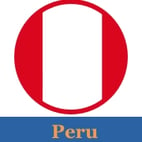
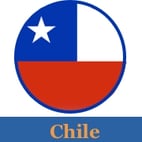
 Shipping to Vietnam
Shipping to Vietnam
